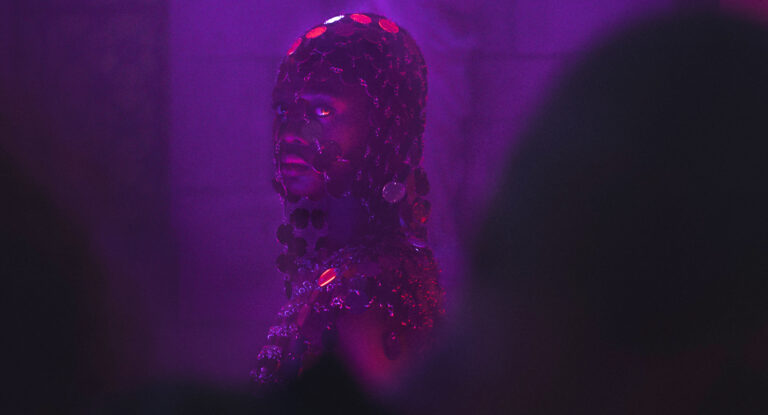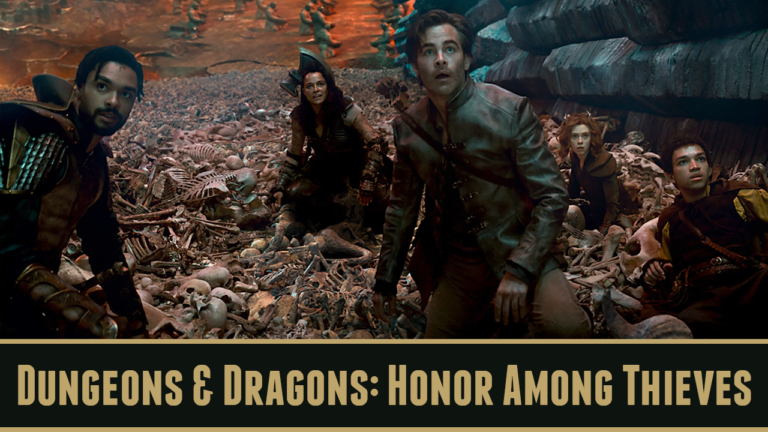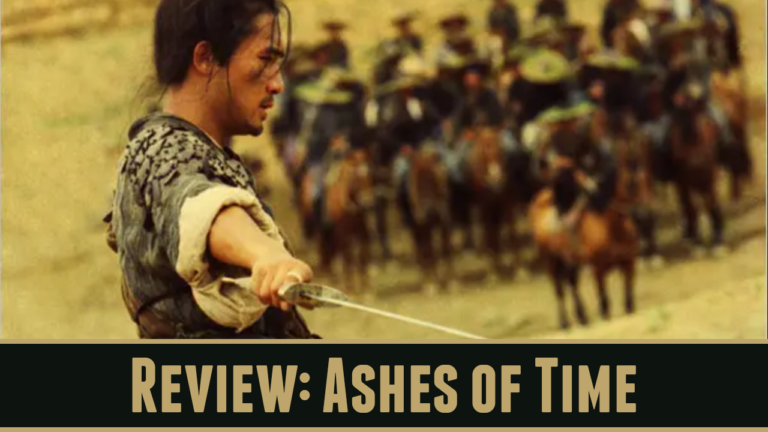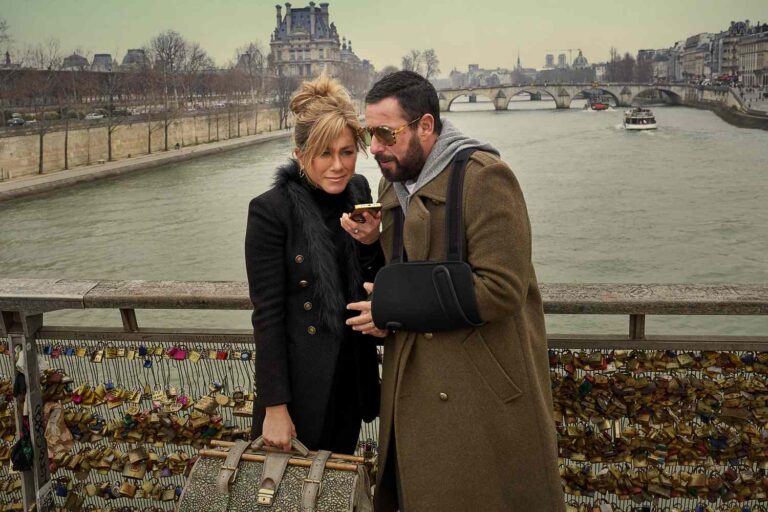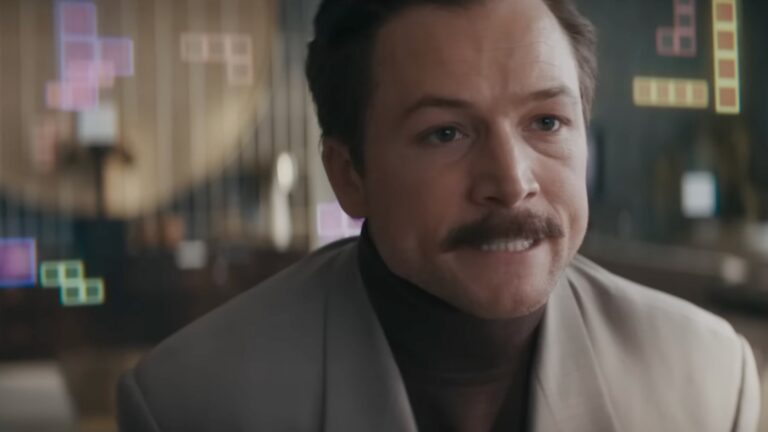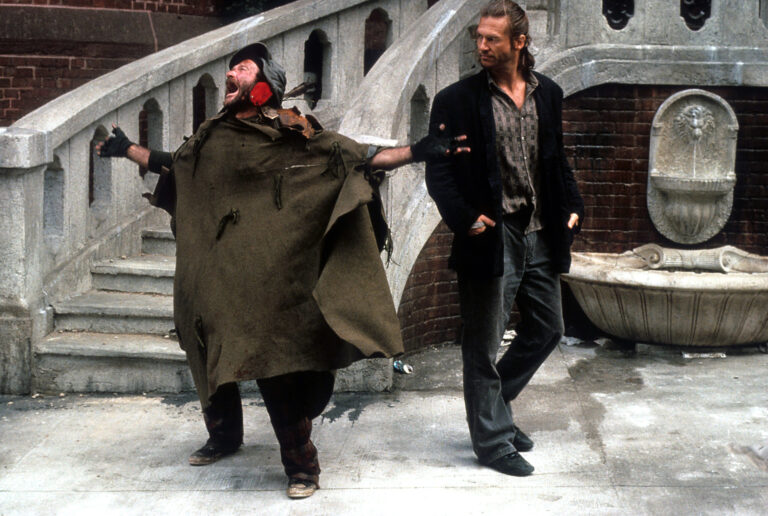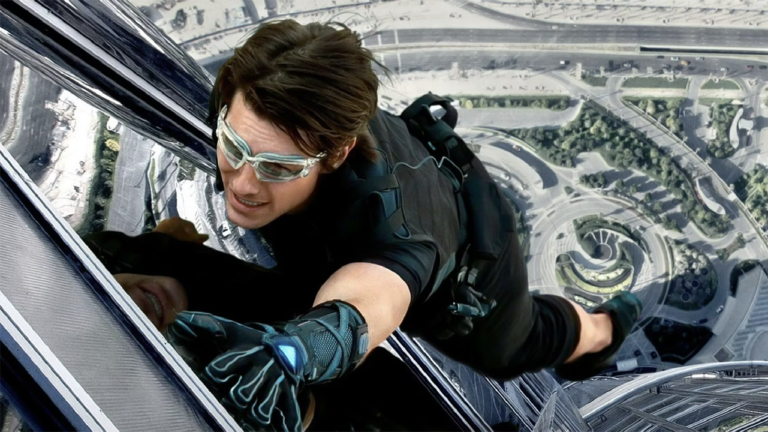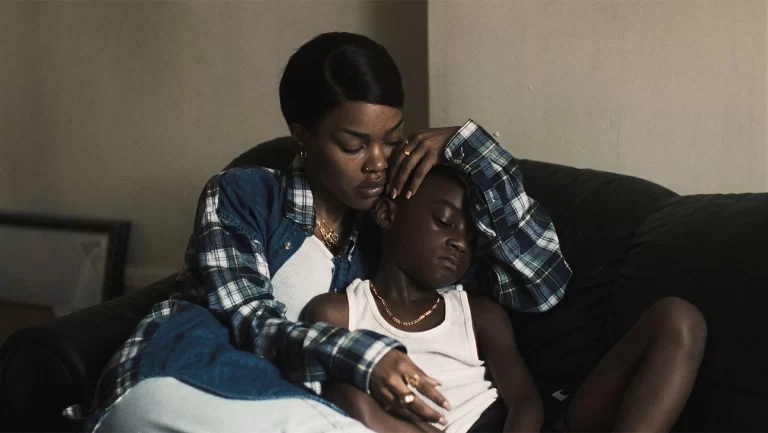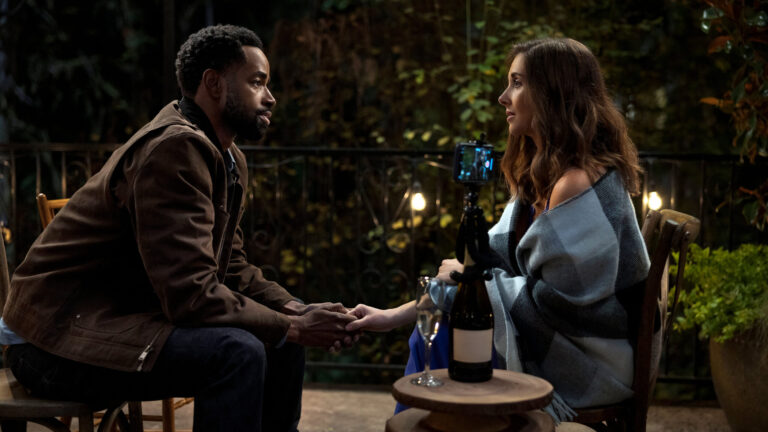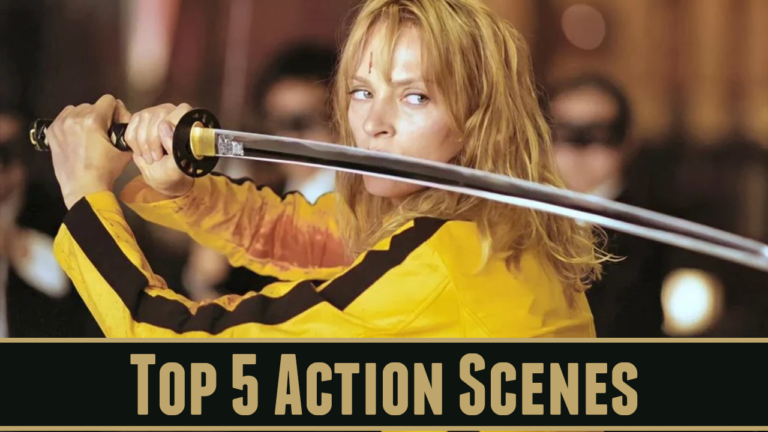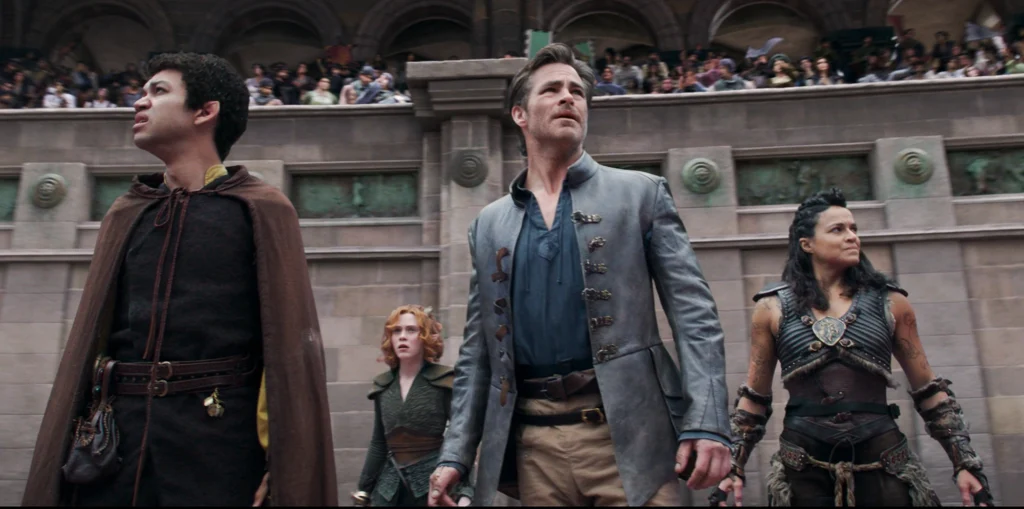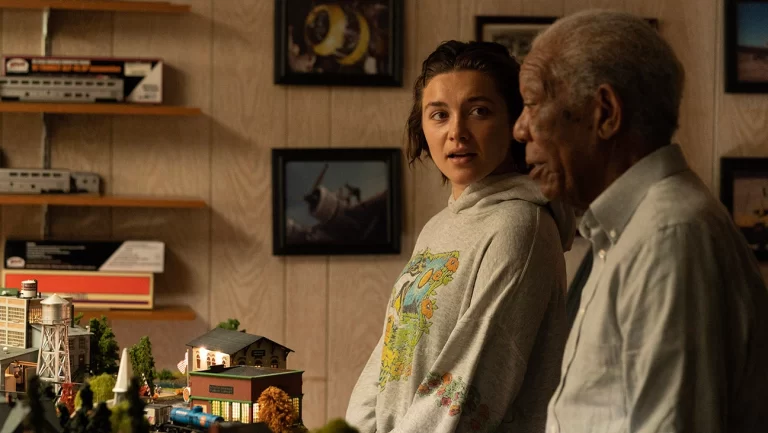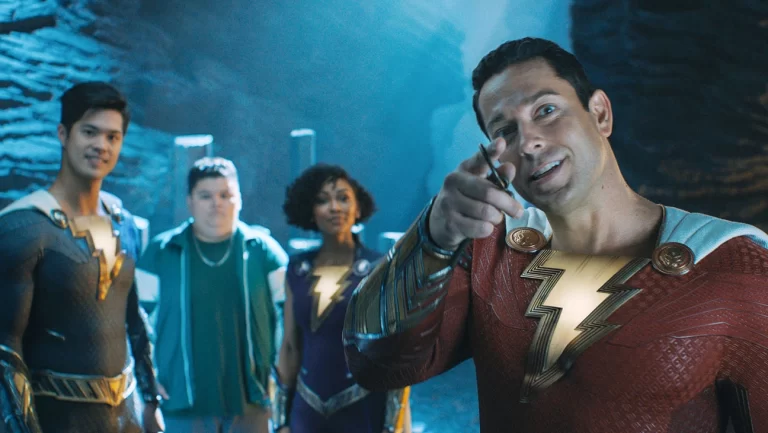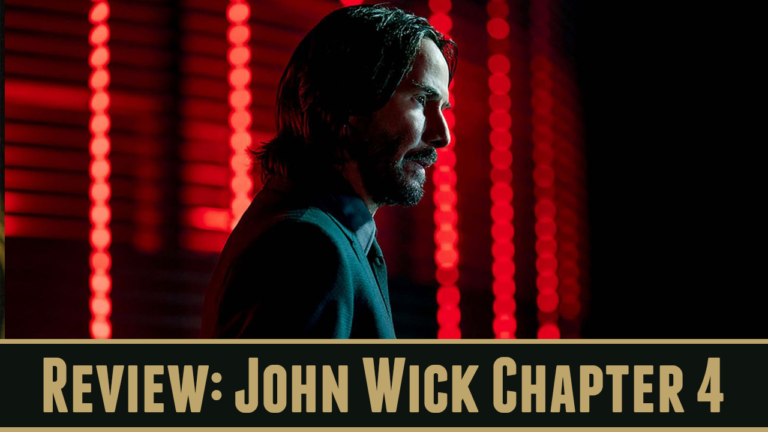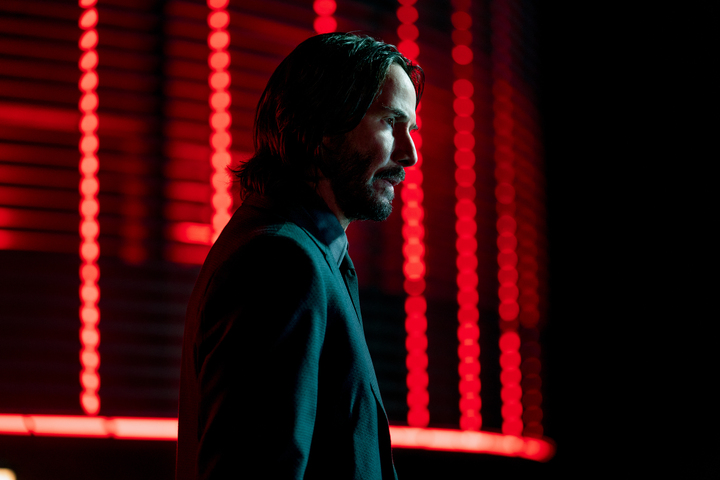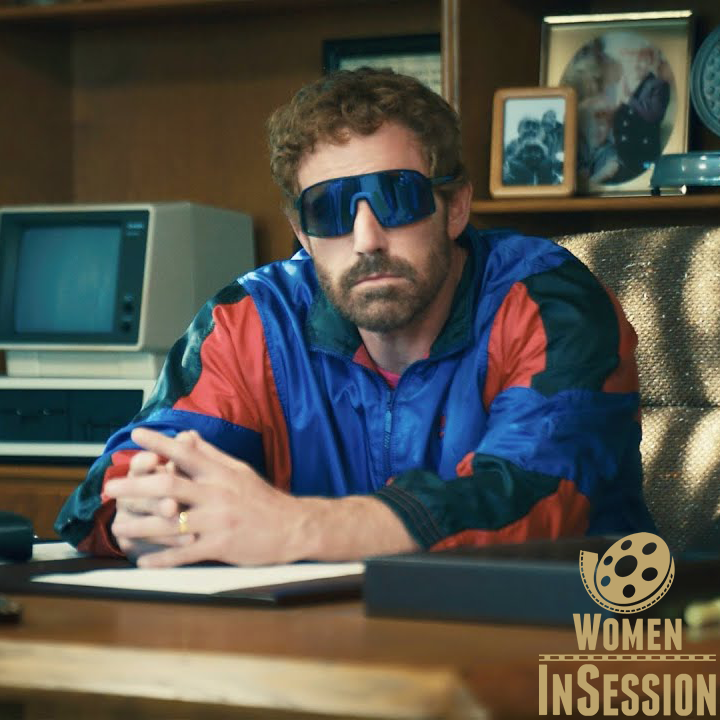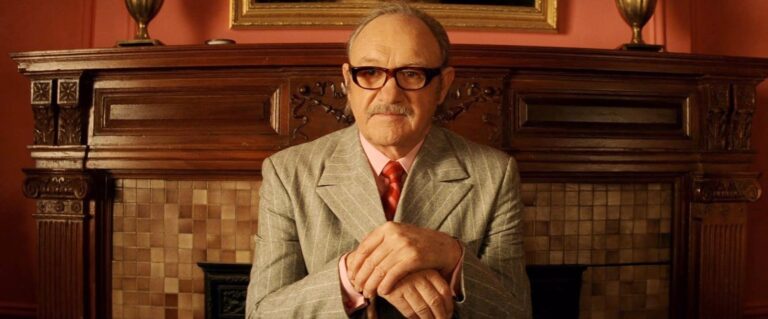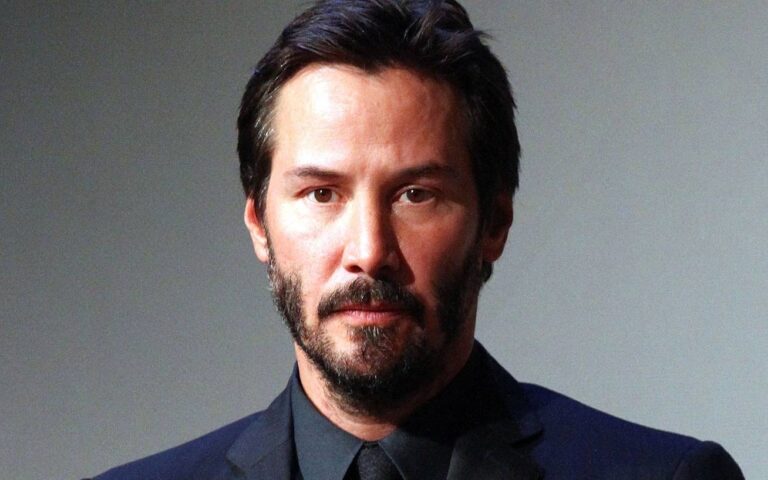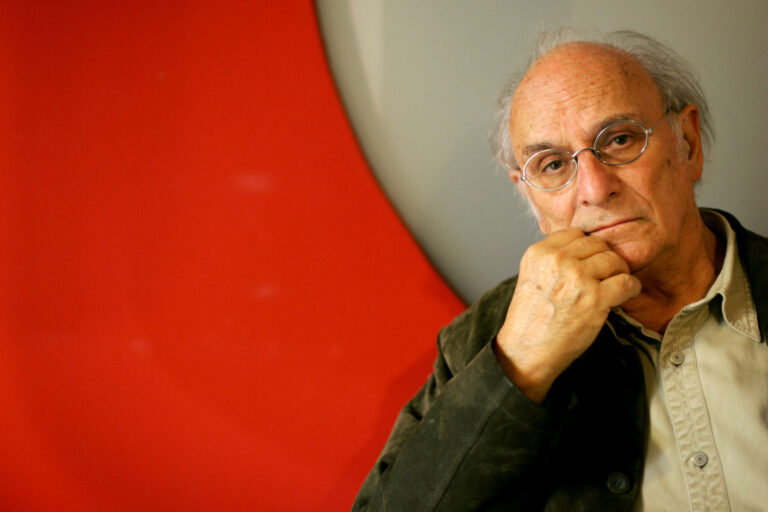Director: Giacomo Abbruzzese
Writer: Giacomo Abbruzzese
Stars: Franz Rogowski, Laëtitia Ky, Morr Ndiaye
Synopsis: After a painful journey through Europe, Aleksei arrives in Paris to join the Foreign Legion. In the Niger Delta, Jomo struggles against the oil companies threatening his village and the lives of his family. One day, at the head of an armed group, he kidnaps French nationals. A commando of the Foreign Legion intervenes, led by Aleksei. The destinies of Aleksei and Jomo will merge and continue across borders, bodies, life and death.
Giacomo Abbruzzese plays with our notions of war films with his impressive and stylistically distinctive feature-length directorial debut, Disco Boy – a sensory and compelling, albeit slightly messy, tale about two lost intertwining souls that embraces a mystical and physical nature to tackle the geopolitical tension of migration, all led by a trio of great performances in Franz Rogowski, Laëtitia Ky, and Morr Ndiaye.
The Film at Lincoln Center and MoMA (Museum of Modern Art) collaborative festival, New Directors/New Films, has always found intriguing and fresh voices from upcoming filmmakers from across the world. Although most of the features included in this year’s lineup are dramas, there is a lot of variety when it comes to the topics being tackled, as well as a diverse array of techniques and artistic visions – the complex dual views of life and death in Lila Avilés’s Totem, the intersection between hope and sadness in Alexandro Belc’s Metronom, or Sadim Sadiq’s fearless and elegant exploration of repressed desires in Joyland. There’s a great selection of features, but one of them stands out in stylistic terms. That film is Giacomo Abbruzzese’s mesmerizing feature-length debut, Disco Boy. While the film might have some issues connecting its two-intertwining stories, its lead, Franz Rogowski (one of Europe’s most engaging actors working today), holds it together thanks to his acting presence.
Disco Boy introduces itself by showing us a bus full of football fans and tourists attending an international match. Inside, there’s Aleksei (Franz Rogowsk) and his friend, Mikhail (Michał Balicki), who are fleeing their home of Belarus for a better one in Paris. The match is only a facade to cover their getaway, as their Schengen visas are only valid for a one-day trip. They have their hearts set out on this preferable life on the other side of Europe. Tragedy strikes Aleksei’s expedition early on; a river crossing incident causes him to go on that journey alone – Mikhail drowned in the process of their escape, not making it to their final destination. As he recalls his past couple of tragic days, Aleksei still wishes to acquire a French passport. But, the only way he can acquire one is by doing five years of service in the notorious Foreign Legion, a faction in the French national army composed of foreigners.
Aleksei is considered a promising soldier, completely committed to the training drills, which is why he is selected to be part of an overseas rescue mission in Nigeria. And here’s where the other half of the story comes into play. Meanwhile, all of this is happening on the other side of the world, there’s Jomo (Morr Ndiaye) and his sister, Udoka (Laëtitia Ky), who, like Aleksei and his now passed friend, dream of one day escaping to Europe. They want to dance the night away in the techno clubs and enjoy their lives for once. Yet, they are stuck in the Niger Delta, forced to protect their community against the oil exploitation in their lands. The film divides itself into two separate countries, where the two central characters cross paths with one another once during Aleksei’s first mission, later to distance themselves once again. Though, their respective journeys are related to each’s escapist’s dreams of migrating to a better place and their current political struggles.
Through Aleksei and Jomo’s experiences, which tear them apart mentally, Abbruzzese explores how war makes people contemplate their feelings of otherness and their respective pasts. The journey they are each currently taking respectively will pave the way for unforeseen destinations. As the days pass, they become less human, hence their search for a getaway into another sanctuary. The more blood is spilled, the closer Aleksei is to getting what he wants. But, will it be all worth it since the institution is stripping him from his self? That’s one of the many aspects Disco Boy wants to explore through its short ninety-minute runtime. Its scope is worth dwelling into, and the director’s ambition is worthwhile. What Disco Boy intends to pull off is not an easy thing. The film wants a clash between two intertwining stories that connect in thematic and metaphorical terms. But, unfortunately, its approach to doing such has some issues along the way.
The film never explains itself, nor does it feel that it needs to craft scenes with the purpose of dumping exposition onto the audience. The lack of justifications and its occasional structural inarticulateness might frustrate some viewers because the themes don’t tie together cohesively – excessive ambiguity being the film’s main fault. This blend of more than a handful of ideas might have entirely broken another filmmaker’s project. The constant fight with trying to take the necessary time with exploring each concept and topic is seen in numerous ambitious films throughout the years. However, Giacomo Abbruzzese has some tricks up his sleeves to counter his debut film’s shortcomings. One of those tricks is to create a dream-like balancing act that intertwines the stories of two lost souls and their respective countries’ political and military crises, which ends in a very compelling and stylish feat that’s more than an introductory showcase of the Italian filmmaker’s talents and his unique voice. It constantly plays with our notions about what a war film should be.
Disco Boy doesn’t go on the same path as the most recognizable or acclaimed pictures of said genre, although Abbruzzese manages to sneak in some minor references to Francis Ford Coppola’s Apocalypse Now. As the story travels through the Niger Delta to Paris, the director adds mystical and sensorial elements (mirrorings, ghostly presences, and possessions) into the narrative – slowly curating a wistful atmosphere that fits its melancholic and mournful emotions. Cinematographer Hélène Louvart, who has been on a recent streak of striking features (such as The Lost Daughter, Le Pupille, and Invisible Life), implements two different styles for the different perspectives. In Aleksei’s story, she’s more delicate, often reminiscent of Claire Denis’ masterpiece, Beau Travail. Meanwhile, on Jomo’s side, Hélène is mystical despite shooting landscapes with a sense of impending doom, channeling her inner Werner Herzog. Its look and presentation surely capture the melancholic beauty of the mournful narrative.
Still, the sound design plays a crucial role in building this feeling from the ground up, with Vitalic’s gloomy and vibrant score (which contains renditions of some recent tracks of his) leading the way. In addition, there are songs added into the film’s narration that help, like ‘Amoureux Solitaires’ (by Lio) and ‘Je Ne Regrette Rien’ (by Édith Piaf) – two songs that are opposites to one another; the former is about pessimism and the latter about optimism. I’m interested in knowing how the director came up with the idea of choosing these two tracks. They add a layer to the shifting feverish ambiance the film is slowly building up, remaining intact and fully effective throughout its entirety.
Although everything might not be tied together, both narratively and thematically, Disco Boy remains an intriguing feature debut by a filmmaker with his own voice and style. Its main-genre selection may be war, though Abbruzzese takes bits and pieces from other ones in order to keep diverting our expectations and be in awe of his artistic gifts. It is often odd that a project like this ends up working out as well as Disco Boy does. The movie definitely leaves the viewer outstanding by sheer talent, both on and off screen, straight of vigor, endeavor, ingenuity, and a trance-inducing aura.
Grade: B+



